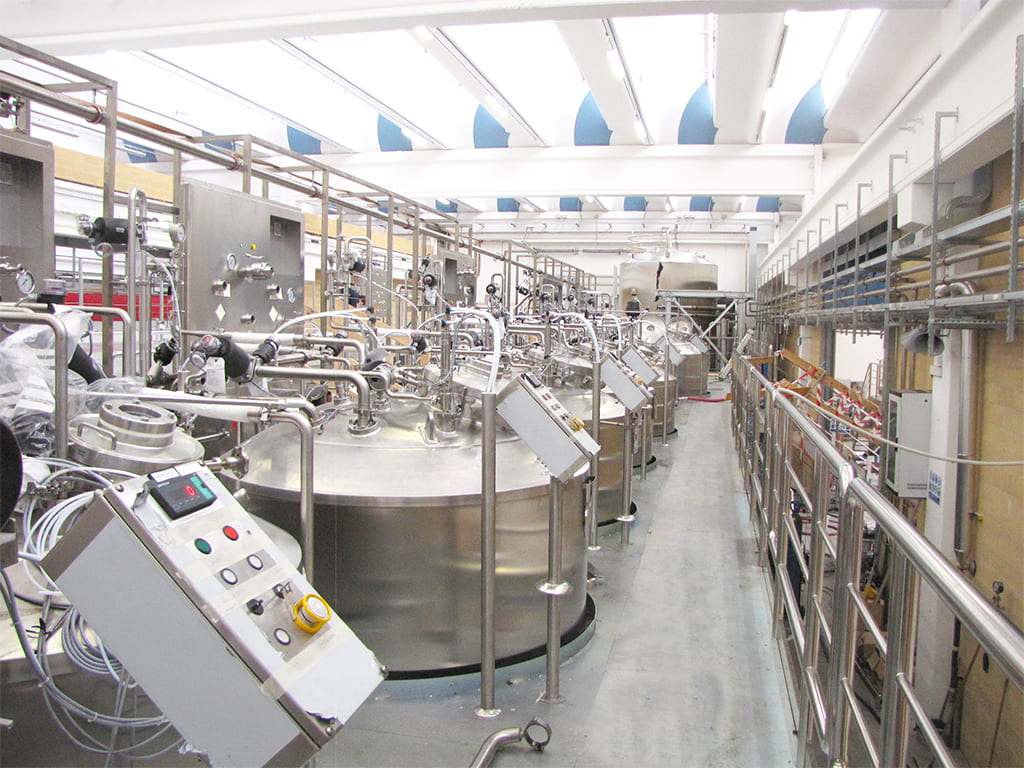Blood Plasma

Preciousness of blood-derived products. A single material for many applications
-
CIP
Three CIP Skid, one for Pure Water and two for acid/basic solution, ideal for treatment of organic material
-
Transfer panels
Fourteen transfer panels designed and customized as per URS
-
Process equipment
Tanks of Non-Viral Inactivation and Viral Inactivation areas, many equipment for a delicate process

-
Complete Solutions
Modern plasma fractionation plants are complex engineering masterpiece: built to efficiently manage the fractionation of millions of liters of plasma applied in the formulation of a wide variety of therapeutic products.
This impressive process plant is no far behind: built with a Modular Approach for easier construction and installation. A plant in which each element is designed to handle organic material and therefore the process in an aseptic manner, ensuring compliance with the stringent requirements for the finished product; the technological washing and sterilization components play a fundamental role.
Such process plants can be enriched and made even more functional with an automatic or semi-automatic control system to supervise each process and maintenance phases, monitoring critical and non-critical parameters, guiding the operator during the production.
-
Explore
Plasma-derived therapies (as albumin, clotting factors, gamma globulins and other proteins) are pharmaceutical products applied to treat multiple disease, like immunodeficiencies, hepatitis, septic shock, inflammations etc. Human plasma is a very rare and strategic resource, basically because it can’t be synthesized in laboratory. Plasma is therefore obtained by human donors through plasmapheresis, collected in bags, frozen and delivered to the process plant. Following the delivery, the frozen plasma passes through a thawing phase. Later on, fractionation begins: plasma proteins are separated from plasma thanks to chemical/physic conditions as pH, temperature, ion strength, ethanol concentration. Precipitated proteins are separated from plasma by centrifugation: precipitate is processed to obtain the clotting factors (Factor VIII, XIII, von Willebrand factor and fibrinogen). Supernatant instead is used to extract factor IX and VII, immunoglobulins and albumin. Lastly, to deliver safe products, one of the most important phases: virus inactivation, obtained by pasteurization (heating in aqueous solution, 60° C for 10 h), heating of freeze-dried products, detergent/solvent treatment (Triton X, Tween 80), nanofiltration, low pH, chromatography, sterile filtration.
